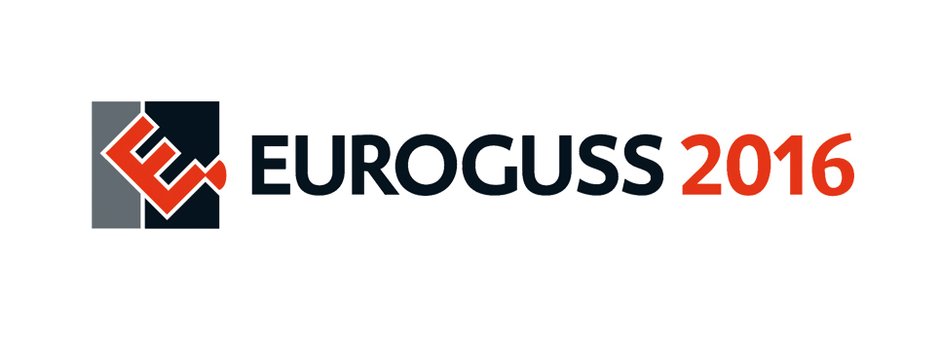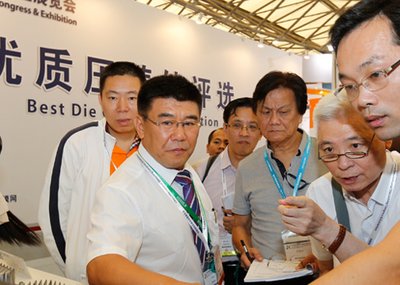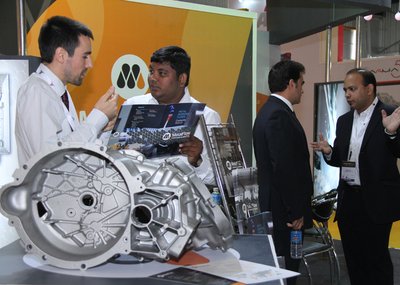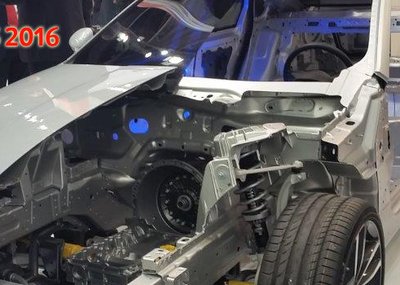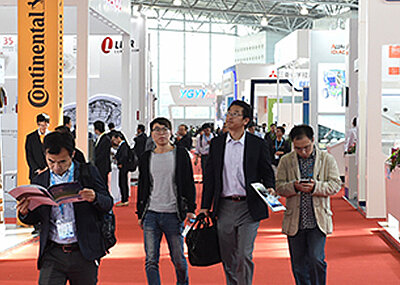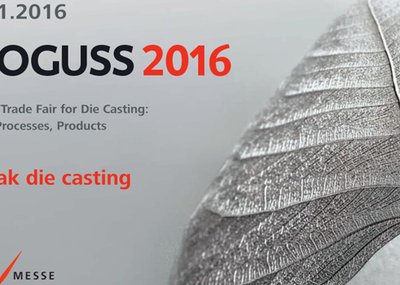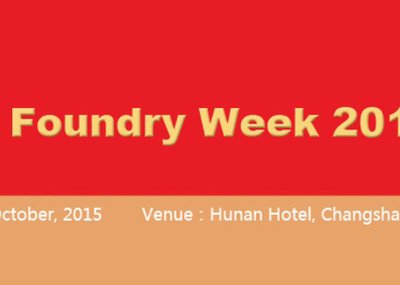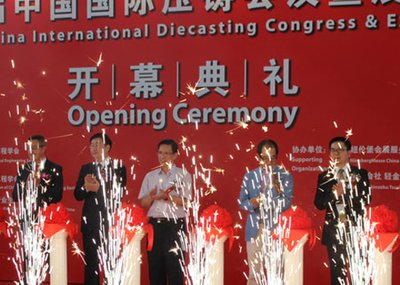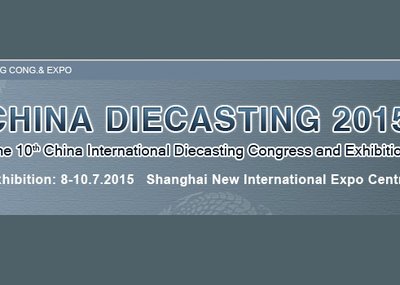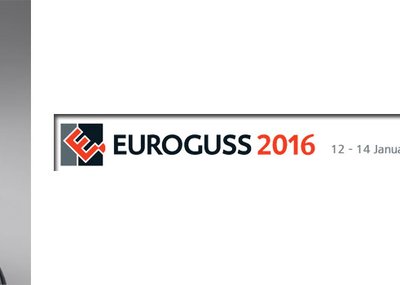- Gerd Röders, Chairman of the Verband Deutscher DruckgießereienVDD (Association of German Pressure Die Casters)
For many decades die casting has been a successful industrial casting process in the series or mass production of construction components. That is how it will stay in future too, assures us Gerd Röders, Chairman of the Verband Deutscher Druckgießereien VDD (Association of German Pressure Die Casters). We spoke to him in the run-up to the EUROGUSS fair (12-14 January 2016, Nuremberg) about the lightweight design trend in automotive construction, innovative production processes such as 3-D printing and the presentation program for the International German Die Casting Congress. 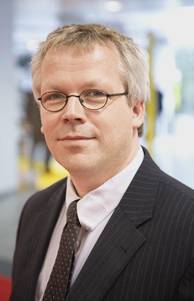 Gerd Röders, Chairman of the Verband Deutscher Druckgießereien VDD (Association of German Pressure Die Casters)
Gerd Röders, Chairman of the Verband Deutscher Druckgießereien VDD (Association of German Pressure Die Casters)
1. Mr Röders, the automobile industry – the die casters’ largest customer in Germany – is faced with major challenges in connection with the EU ordnance on the reduction of CO2 emissions for new vehicles. By 2020 the aim is to set output at 95 grams CO2 /km for new automobiles. Lightweight design and downsizing of engines, in other words increasing efficiency coupled with simultaneous weight reduction, are the responses of the automotive manufacturers to this challenge. What effects is this development having on the die castings sector?
The development of ever new components in die casting is moving forward rapidly. Be it in the case of structural components, electric motor components or smart components for regulating conventional engines - in all areas they are trying to make use of the outstanding options offered by die casting. In this process, the die casters together with the machine manufacturers, alloy suppliers and downstream processors are shifting the limits of our processes through constant innovations. It is amazing what innovative solutions and components are being produced in this process, some of them will no doubt win the much-coveted awards of the Gesamtverband der Aluminiumindustrie GDA (German Aluminium Association) and the Initiative Zink at the next EUROGUSS, which are being presented within the framework of the die casting competitions.
2. The hype surrounding 3-D printing is currently on everyone's lips and has not failed to leave its mark on the die casting foundries either. The Bundesministerium für Bildung und Forschung (Federal Ministry of Education and Research) recently invited interested parties to Bonn to take part in a technological discussion on the theme. In future will we stop casting and just be printing?
Apart from individualisation through additive production, the megatrend is standardisation. Here die casting offers major advantages: in just a few seconds finished components are produced. And using modern CAD/CAM methods the tools too can be manufactured within a short time. This means that die casting also continues to be an advantageous process for large-volume series production. But requirements on surfaces can also be more effectively expressed in cast form than in 3-D print. On the other hand, 3-D print enables higher flexibility. To what extent 3-D printing can be competitive for major series production through affordable machinery, remains to be seen. In my eyes, die casting will remain just as much in demand as 3-D print. I personally regard these new technologies as very exciting and I am sure that they will quickly establish themselves. But in addition to 3-D print, even in 100 years there will still be other production processes, and with the advances made by the castings industry, in my eyes, die casting will certainly be one of them.
3. In January, the VDD is once again staging the International German Die Casting Congress at the EUROGUSS fair in Nuremberg. The program will be revealed at the end of the year. But would you now let us know anyway whether any exciting presentations are already planned?
The 16th International German Die Casting Congress is also aiming to reflect the comprehensive range at EUROGUSS on the theme of die casting. That means presentations covering the entire die casting process chain will be on the agenda. In this connection, the theme will for example be innovative tempering concepts for die casting mould design. Several presentations will also pick up the relative abstract theme of Industry 4.0 and show how the so-called Internet of Things can be specifically implemented in the die casting foundries. Of course there will also be exciting presentations on the material and components development themes. I am convinced that there will be something interesting there for every fair visitor.

